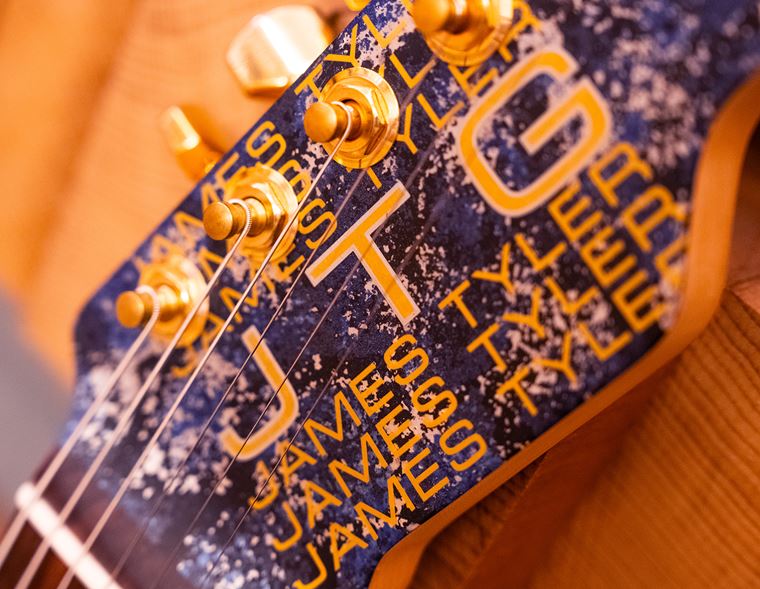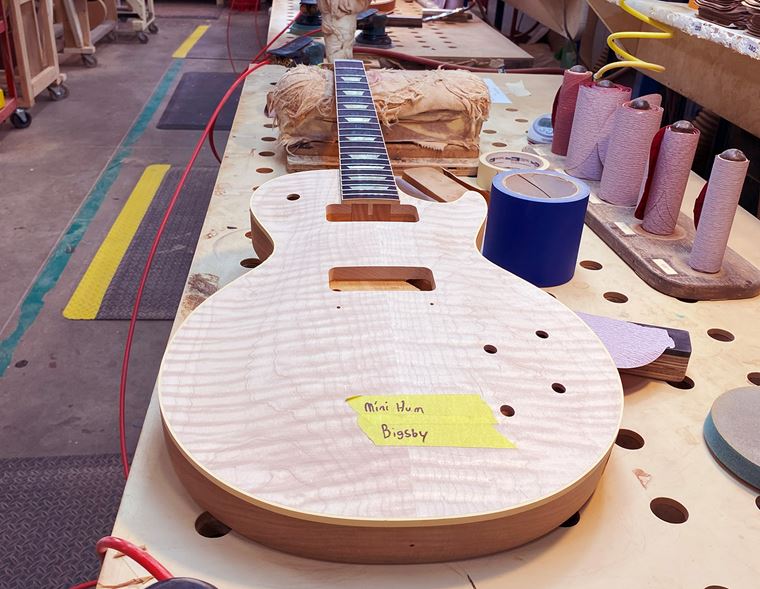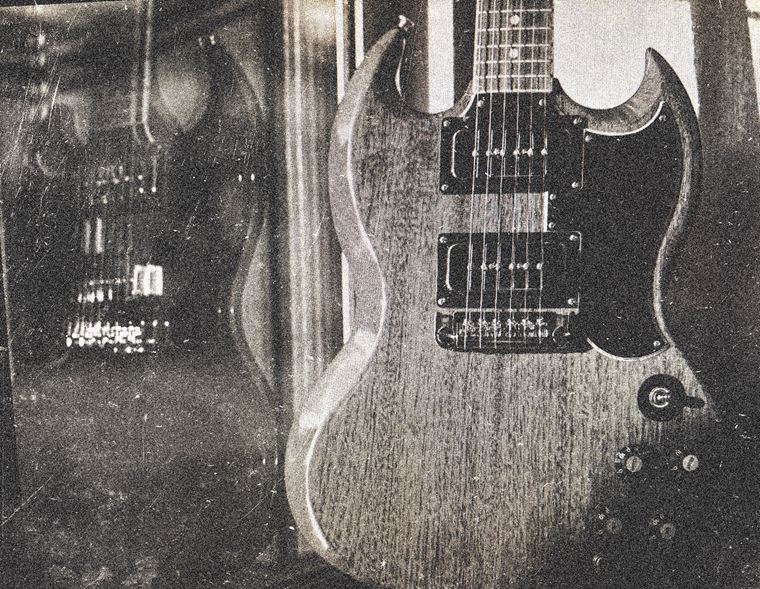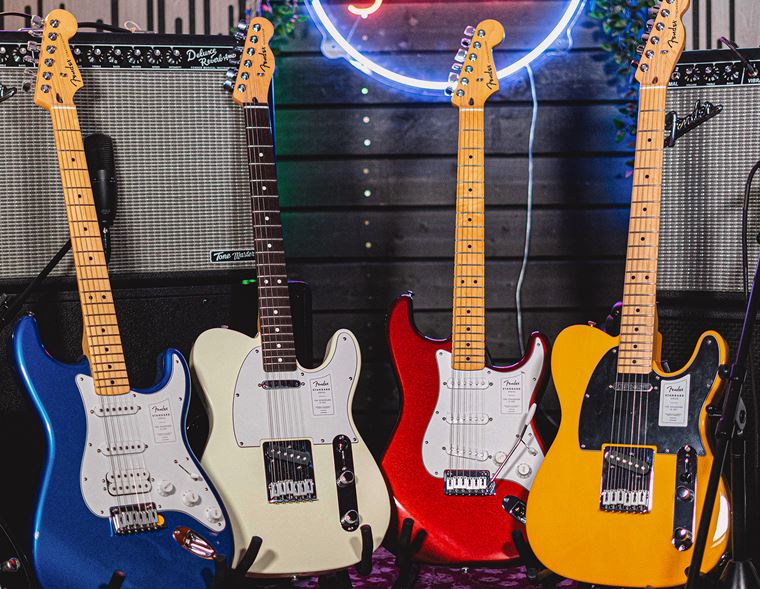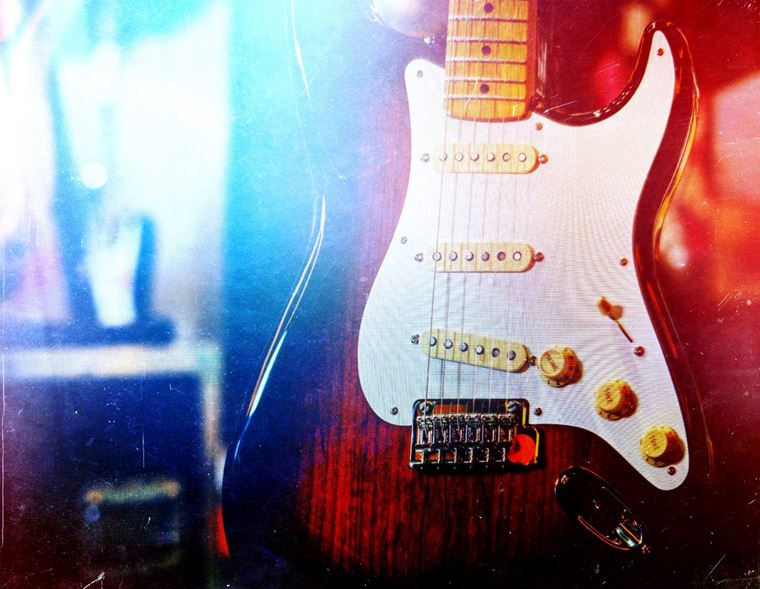20 Years of the Music Industry 2004 - 2024: An Inside Perspective
Published on 24 June 2024
20 years can be a long time in the music biz. Whilst guitarguitar are more music-adjacent than anything, we’ve seen - and been subject to - some of the most significant changes the music industry has seen, maybe ever.
Today, I plan to look back on the last two decades of music from a general culture point of view and from a guitarguitar point of view, and pick up on those big changes. What this isn’t is a history of the company - we have another blog for that! - but more of a look at the trends, the ways of making and listening to music, and how that’s all changed. I’ll look at some brand-related stuff too, and generally assess the time period for 2004-2024 to see how the industry has shifted and rolled with the years.
Contents
New Ways of Listening to Music
Old Ways of Listening to Music
New Brands
Do you know what I did not ever see coming back in a big way? Headless guitars. I genuinely thought they were relegated to a slightly amusing past, along with weightlifting trousers and single dreadlocks.
I was dead wrong: thanks initially to the highly innovative Strandberg brand, headless guitars are now back in the fold, blending in and acting all respectably. What a surprise!
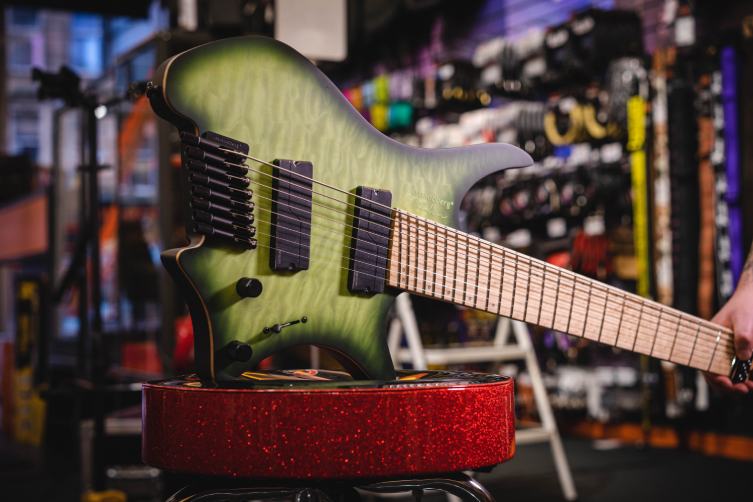
This trend has come more or less alongside the advance of extended range guitars (more of which in a sec) and technical, proggy styles of rock music that look to the future rather than the past for their inspiration. Headless guitars by Strandberg, Ormsby, Ibanez and more are finding themselves in some influential hands these days.
Extended range guitars are now a pretty normal thing, but this is a recent development in terms of their being a whole language and set of expectations to go along with them.
We had the dawn of the 7 string in the 90s when Korn made them super-trendy (I’m aware of both Uli Jon Rth and Steve Vai bringing us 7-strings prior to this, but culture REALLY embraced them with Nu Metal), but nowadays, things have developed.
Multiscale guitars exist now, with one scale length measurement for the lower strings and another for the higher strings. The result is excellent intonation and angled frets and hardware.

Lots of new brands have emerged, across the worlds of guitars, amps and effects.
None of the following brands were available on sale in the UK in 2004:
- Blackstar
- Victory Amps
- Chapman
- Friedman
- Walrus Audio
- EVH
- Gamechanger Audio
- Strandberg
- Neural DSP
- Kithara
- Ormsby
- Mayones (in the UK at least)
- JHS
- Earthquaker Devices
- Solar
And where would we be without all of those brands?! The big guns are all still present (Fender, Gibson, Martin, Taylor, Roland/BOSS, PRS, Ibanez etc) but there has been a tonne of fresh blood in the industry these past two decades and it’s excellent for us all.
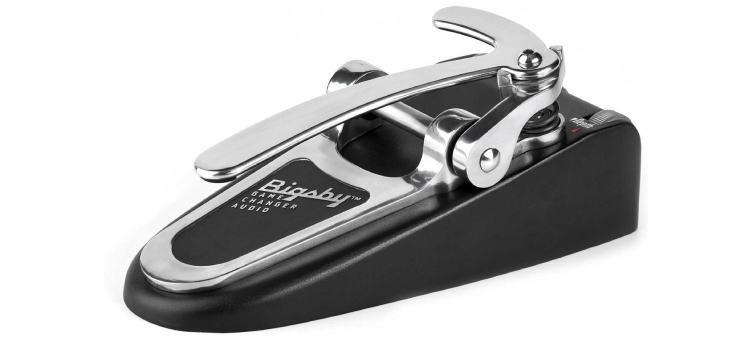
Certain brands have gone from strength to strength, too. When I started at guitarguitar, Schecter were seen as mid-range instruments for those who liked a more ‘nu metal’ taste of guitar. Today, they are one of the biggest and most innovative brands out there, and have their own distinctive look and vibe. I’d mention that this is Schecter Diamond Series stuff of course: their US Custom Shop has always been a separate affair.

Epiphone are treading a similar path: they were one the humble, affordable cousins of Gibson, and whilst that’s still somewhat the case, there are now premium Epiphones out there - Adam Jones Les Pauls and Joe Bonamassa 335s etc - that are a huge leap up in quality. It’s now at the point where, in some circles at least, Epiphone are seen as being a bit cooler than Gibson! Some Epi guitars also have the ‘open book’ Gibson headstock shape, which is something I never really expected to see, I must admit!
A great move forward for these brands, for sure!
Game-changers & New Eras
Digital Modelling: Digital modelling has to be the biggest game changer in our business. The very fact that you don’t need an amp any more is a pretty astounding thing, especially since guitarists have largely embraced the technology, which isn’t historically the case with us lot!
Guitar amps haven’t gone anywhere, and it’s true that there needs to be amps there for modellers to copy in the first place, but for touring bands and recording artists, we are finally at that stage where one small box can give us a room full of convincing amplifier tones. From the heady days of the kidney bean Line 6 POD (which was already 6 years old by the time guitarguitar started in 2004) to today’s world of Helixes and Quad Cortexes, the promise of digital tone has finally come to fruition.

Multiscale Guitars: Multiscale guitars are a real game-changer, too. I mentioned them earlier in relation to Strandberg guitars, but it’s worth reiterating the whole notion that these developments have changed music itself: whole new technical genres have popped up and developed around these instruments, so the significance is clear. Standard tuning and drop-D are by no means the go-to choices for lots of players today, and thanks to multiscale guitars, these players will sound pitch-perfect.
New Ways of Listening to Music
This is perhaps the most obvious area of change: people tend not to buy music any more. Spotify (and Apple Music, Youtube music etc) have completely changed how people consume (for want of a better word) their music these days, and it doesn't look like that’ll change any time soon.
Currently, Spotify costs the user £10.99 a month (the cost of a CD back in the day) and for that, you get an overwhelmingly high percentage of the world’s available music. You don’t ever own it, but you have access through your phone, laptop or whatever else.
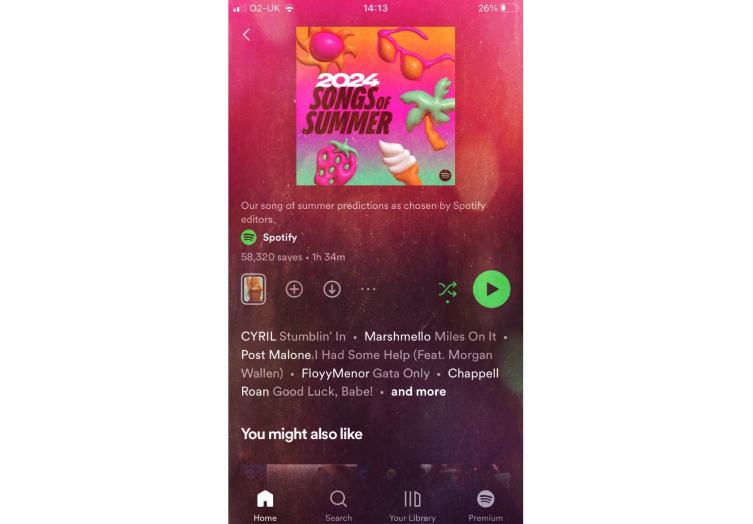
Without stirring the pot too much, it’s well-known that artists make eye-poppingly little from streaming platforms, and indeed the money that is paid out tends to go to those artists in the upper percentages of popularity. Fairness is a huge issue here, but the general public seems to be more than happy to pay their tenner a month and have almost every piece of music in history available to them. It’s a good deal for the end-user, but the industry is already seeing the knock-on effect: concert tickets are hugely more expensive than before, merch is similarly expensive, and for the most part, only well-heeled artists who are independently wealthy can even consider a full-time career in music, since so much revenue has dried up and disappeared in the wake of steaming.
If you ever wonder why 20 year olds are enjoying all of the same bands you and your parents liked, it’s partly because great music never goes away, but it’s also because most new bands don’t have the means to exist far less get noticed amongst the 40,000 new songs added to Spotify every year.
It sounds pretty doom-and-gloom, but I’d also say that the playing field is now so level that you can quite easily release your music onto Spotify and everywhere else. Your music will sit alongside that of the most established artists in history, and in theory, this means you can build a huge world-wide following without ever leaving your house! When was that ever possible in the past? It’s hardly as simple as all that, but I do want to consider the positive possibilities in here too!
Old Ways of Listening to Music
Amidst the streaming revolution, there has been a huge resurgence in vinyl records. The format, once consigned to the slag heap of history as an outmoded and ungainly way to enjoy music, has returned in ever-increasing ways in the last twenty years.
Music fans missed the experience of gazing at the larger format cover artwork, and indeed the ritual of selecting a record, putting it on and enjoying a whole side of music in one go. It’s quite the antidote to the overwhelm/indifference that many people feel when they have endless choices on streaming platforms.
Vinyl collectors actively seek out special limited edition pressings of new records, re-issues of older music, and have generally created a market for physical products that looked like it was going to vanish around the beginning of the millennium.
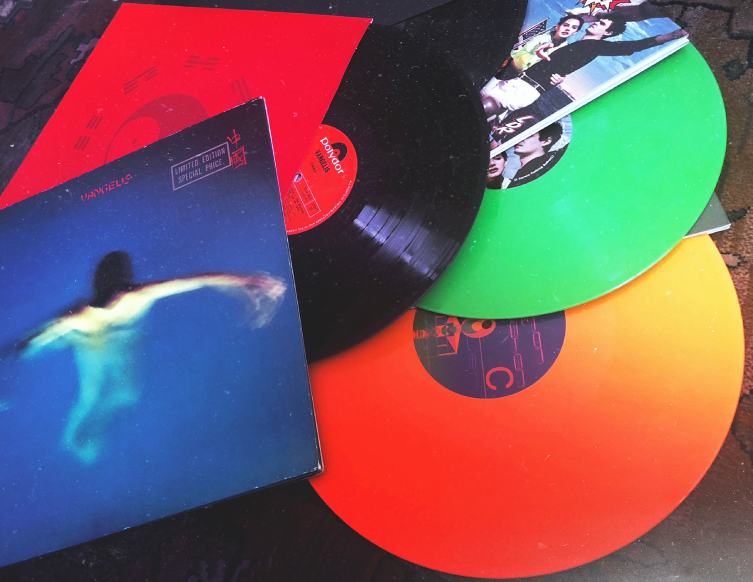
The digital realm isn’t just about steaming, though. Bandcamp has risen to become a major marketplace for both independent artists and labels. It’s a place to sell music (digital and physical), merchandise and more. Whilst still somewhat niche in terms of mainstream use, Bandcamp has proven itself to be essential to the career of many independent artists, and is a significant platform for music across the world.
How Live Music has Changed
Live music has changed significantly, and there are two real reasons for this. One is music streaming (which we just looked at) and the other was the covid pandemic.
Streaming took away a huge amount of money from the industry, since millions and millions of people stopped buying music. This industry loss has been moved across to the world of live music, where touring artists, promoters and agencies have to charge significantly more for tickets or the shows won’t be able to happen.
Record companies aren’t seeing the same returns on their investments (paying for records to be made and then profiting from record sales) so many of them now use a “360 deal” with touring bands, which allows them to take some money from things like merch sales. Merchandise used to be an area of the business that the record companies had no justifiable way to penetrate, but the shift away from paid music has brought this about.
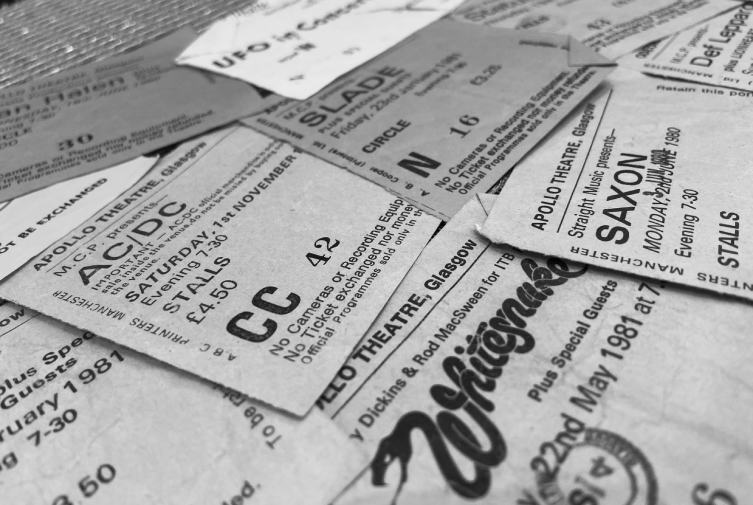
Venues also now have a ‘venue tax’ on the band’s merch, and this can often be 10% or more. If you think that your favourite band is being unreasonable in charging £40 for a tour t-shirt, hopefully this will help explain what’s happening.
Covid of course brought the world to a halt, and ever since, the industry has been trying to claw back its missed revenue. Venues have closed down due to the lockdown taking away their business, and bands who couldn’t financially recover have been unable to perform since.
Actually, there is a third reason: Brexit. However you feel about that particular decision, it has brought serious long-term ramifications for the music industry, both to home-grown talent and to international acts looking to play over here. I had a fantastic chat with Employed to Serve’s Sammy Urwin about this very subject last year, so I’d point you towards that if you want to hear more, directly from a touring artist who runs his own record company.
How Recording has Changed
One area that has overwhelmingly affected musicians in a positive way is in the world of recording. For the last decade at least, it has been not only possible but actually quite affordable to create world-class recordings from your home, using only a few pieces of equipment.
Big studios still exist, but they are few and far between. The gatekeepers, in that regard, are long gone. Bands do not have to save up thousands of pounds for a week in a pretty-good studio: they can now spend a few thousand pounds for equipment that they’ll own and use for a decade. Laptops are more powerful, preamps are cheaper, software has become incredible and technology has become fast, user-friendly and efficient.
Songs themselves haven’t suddenly become better (there is as-yet no software for that but AI may change this…), but making them has become a lot more egalitarian, and that’s a great thing for all creative people.
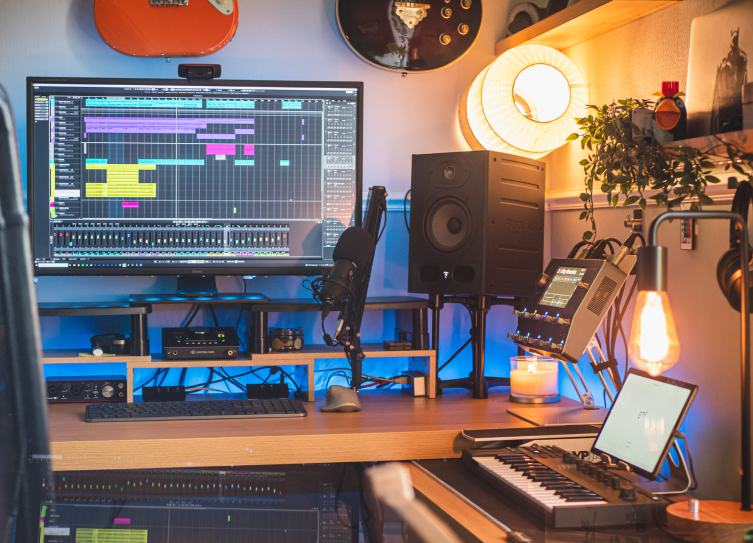
New Public Influences
In musical terms at least, it’s not just celebrities who are leading the public any more. Social media has opened the world of influence to normal, everyday folks…well, those who happen to ‘crack the algorithm’ and become viral, anyway.
Those last two phrases I just wrote didn’t even exist in any understandable context 20 years ago. The world of media has changed enormously, in every country and at every level. We still have celebrities of course, but social media influencers (who are self-made experts on literally any subject) are proving that there are whole new business empires to be built by manipulating social media.
YouTube has long-since developed into a place where all manner of personalities can hold forth on endless subjects and build an audience, whether as on-camera subjects or via pieced-together content like documentaries. Tutors are aplenty; opinion-pieces are omnipresent; Livelihoods can be had by making cover videos to popular songs, for instance, and that footage can be used on multiple social platforms (TikTok, Instagram etc) for even greater reach and return. ‘Clickbait’ is a word that didn’t exist in 2004, which is a crazy thing to consider.
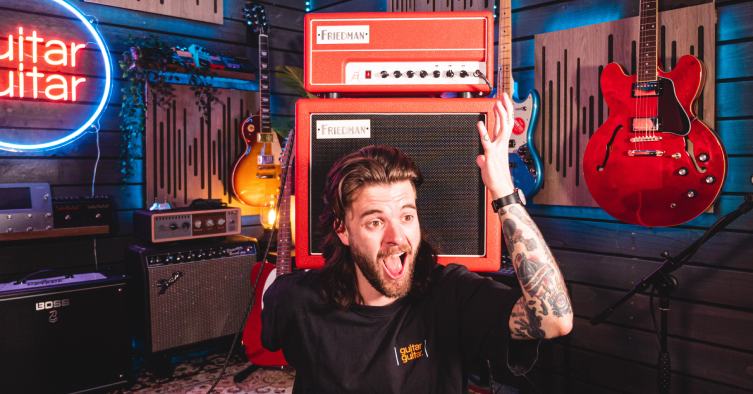
Away from social media now, and TV is much bigger than ever, and that’s partly down to viewer and studio response to streaming services. Netflix will pay huge sums to make shows like Bridgerton, for example, and when all episodes are there to be watched at one’s convenience, you can really become a fan. This has made TV more influential than ever, and shared moments like the ‘Master of Puppets scene’ in Stranger Things not only bring audiences together for sensational cultural moments, they also raise the profile of associated acts (Metallica here) to an audience who missed them the first time round.
Songs go viral on TikTok as long as the dance that somebody performs to it catches on; YouTube musicians are plucked from obscurity to join large touring acts (Sophie Lloyd with Machine Gun Kelly would be an obvious example, as would Kiki Wong for the Smashing Pumpkins), allowing for a sort of opening of the gates, as it were, in ways that were impossible before. Nowadays, there’s ‘Real Life famous’, there’s ‘Social Media famous’ and there are a myriad of in-between positions too.
The Dawn of AI
Right now, every big company in the world - regardless of what it is they actually do - are tripping over themselves to include AI in their offerings. AI is of course ‘artificial intelligence’, and ironically, almost every reference made to AI isn’t actually AI at all, but instead a pattern-recognising program that accumulates existing data and uses it to form 'new' data and media. This can be images, text or indeed music, and are made from that pre-exisitng stuff.
We now live in a world where AI can let us hear what it thinks Kurt Cobain would sound like fronting Fleetwood Mac, or whatever. Prompts are entered into a computer program, billions of pieces of data are gathered, and an outcome is created. Visual artists are already railing against this, partly due to the prospect of losing future jobs but more so because the AI programs require existing art like theirs to use in their algorithms in the first instance.
Currently, there are no distinct laws regarding these ‘plagiarism machines’ as some put it, and when legislation does pass, it’ll affect the worlds of music, film and books too. How severe is anyone’s guess: it’s early days still, and AI looks set to improve/worry the worlds of medicine, accounting and law too, so it’s not just creatives who are watching the spread of AI with a raised eyebrow!
It’s not exactly the grinning metal endoskeletons of Skynet that James Cameron predicted, so we can be grateful for that at least!
Here’s to the Next 20 Years
This all leads me to wonder: what’s in store for us in the next two decades? Will we all still be playing guitar designs from the 1950s? (probably). Will people still love The Beatles and Led Zep? (I expect so). Will there be innovations and movements that none of us will be able to see coming? I hope so, and I’ll be there for it, ready and willing. I hope to see you there in the future!


